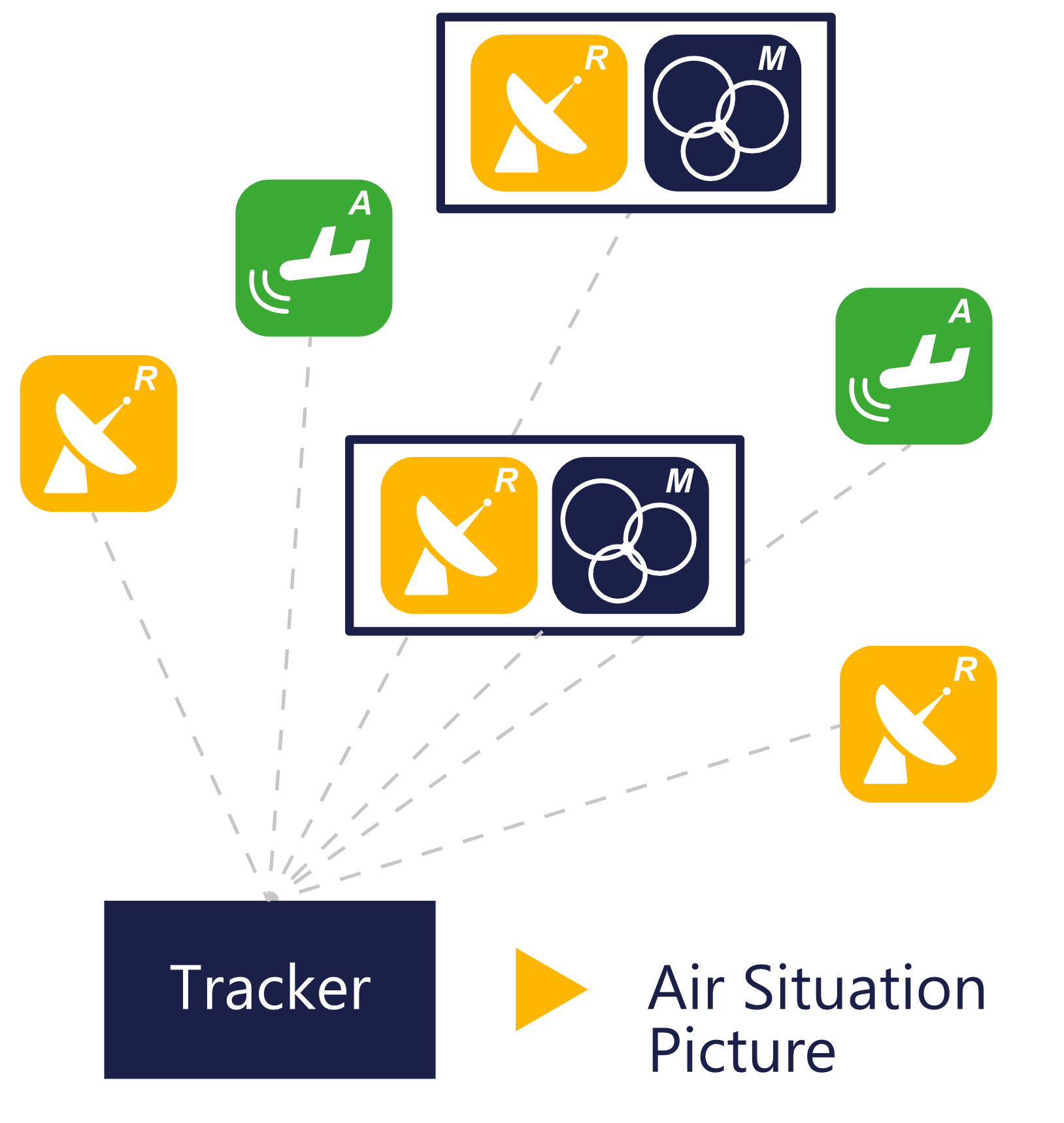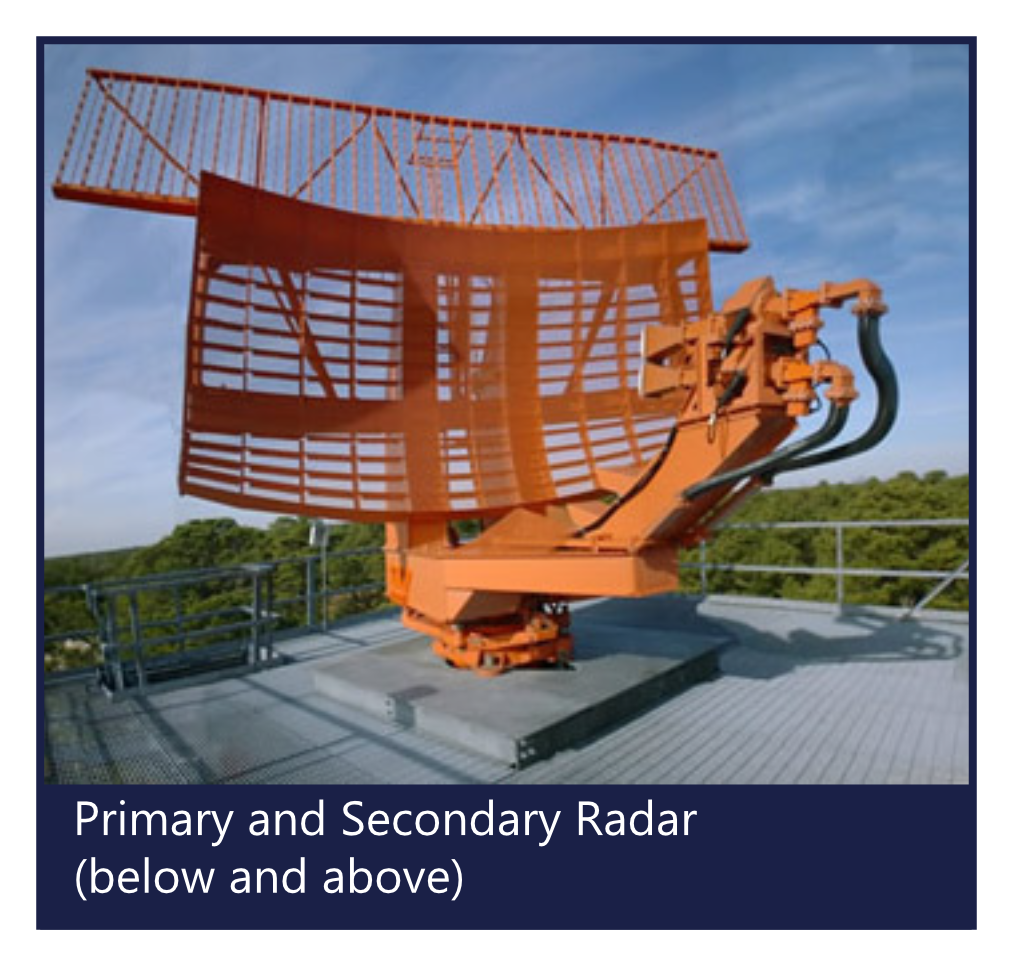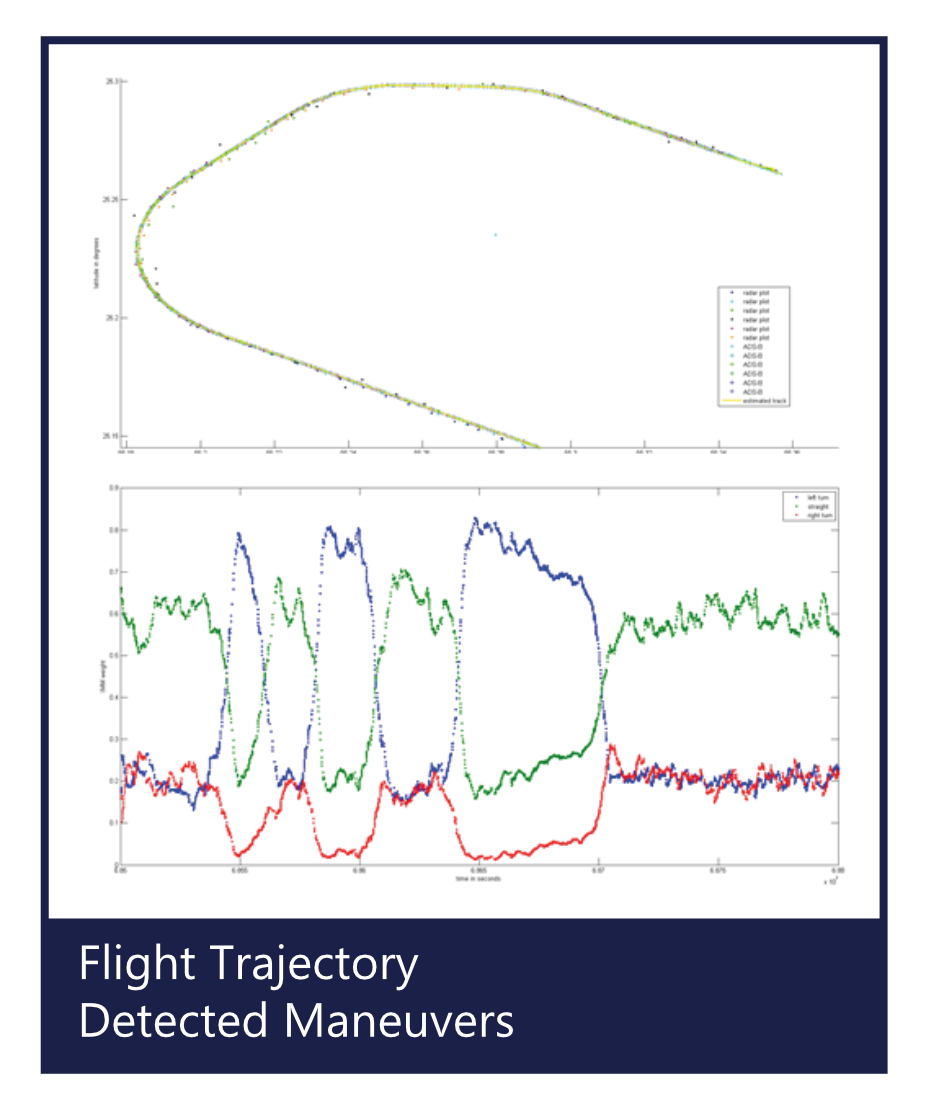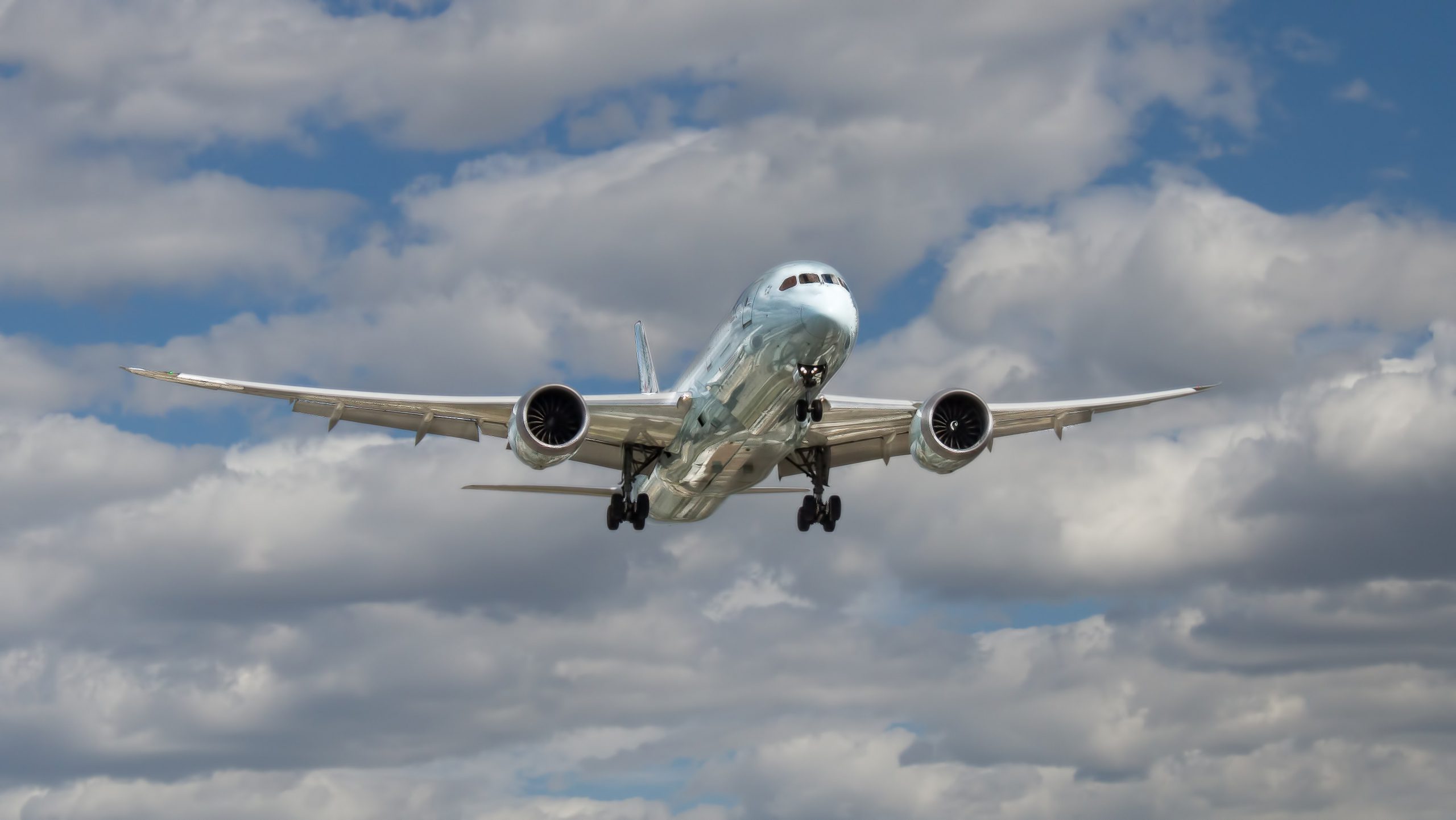Air Traffic Control
Project goal
For air traffic control, air traffic controllers must be informed at all times about the current air situation picture, consisting of the position and speed of all aircraft. The task of a Surveillance Data Processing System (SDPS) is to generate so-called tracks for all aircraft from the data from various radar stations.
The aim of this project was to develop an algorithm for such an SDPS that calculates a highly accurate and, above all, reliable air situation picture from all available data and information. This algorithm was implemented and integrated as a software module in an existing SDPS with very high quality requirements.
In terms of data processing, the greatest challenge in an SDPS is the use of many different radar technologies. Examples of this are primary radar, secondary radar according to the Mark X and Mark XII standards, Automatic Dependent Surveillance – Broadcast (ADS-B) and Wide Area Multilateration (WAM). The different sensor technologies have different measurement models, noise distributions, error patterns and measurement rates.
The data from the different radar technologies must be processed in real time in an SDPS and merged with one another in order to generate a precise, common air situation picture. The algorithms and their implementation in a software module must calculate the tracks very efficiently, yet precisely and reliably.


Development approach
Result and benefit



